Okay, it seems to be simpler than I originally thought (I should not have read the marketing first) I now realise most touch screens use mutual capacitance between a grid of electrodes (I was thinking of the case of a single touch pad initially)
I think it's just a piece of foil. With mutual capacitance any conductive object should disturb the field, however given the algorithms implemented to avoid false presses, etc, using just anything doesn't work
You can try with a small piece of Al foil wrapped around the finger tip of a glove, I just tested this and it works fine.
For a "human free" version, a conductive object with a surface about the same size as a finger works best (I tried various things, anything the wrong size will not work or just give the odd random touch, but nothing consistent)
Here is a photo of my technical setup:

There are two main types of capacitive sensors, "self capacitance" sensors and "mutual capacitance" sensors.
The self capacitance sensor is a single electrode (conductive plate) and the finger forms the other "plate" to create a capacitor. The capacitive load is measured with reference to circuit ground.
With a mutual capacitance sensor, there are two electrodes and the finger (or other conductive object) disturbs the electrostatic field between them causing the capacitance to change. So in this scenario circuit ground is not used.

